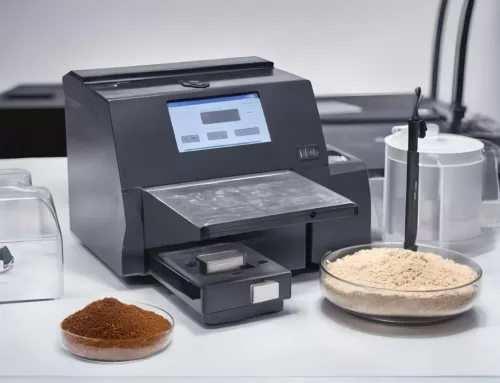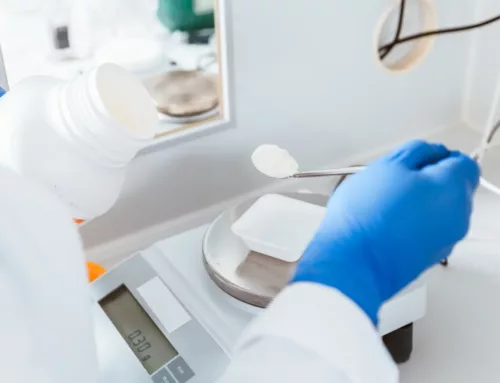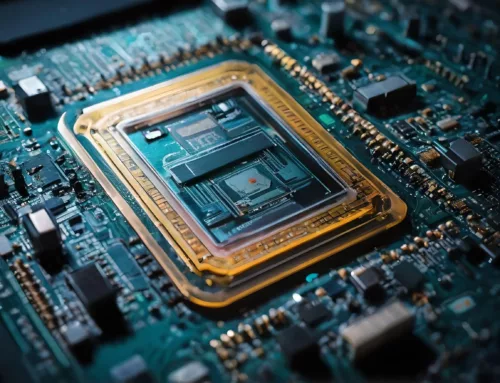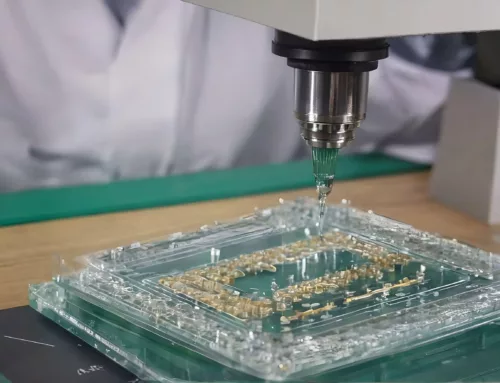Neodymium, a remarkable element found within the lanthanide series of the periodic table, has a fascinating history that spans several centuries. Its discovery can be attributed to the work of Carl Auer von Welsbach, an Austrian chemist, who successfully isolated it in 1885. Neodymium derives its name from the Greek words “neos” and “didymos,” meaning “new twin,” as it possesses striking similarities to another rare earth element, didymium. In terms of its physical properties, neodymium exhibits a lustrous, silvery-white appearance, tarnishing slightly when exposed to air. It belongs to the category of rare earth metals, characterized by high melting and boiling points. Neodymium possesses a hexagonal crystal structure, which imparts unique properties to the element. Its atomic number of 60 and atomic mass of 144.24 g/mol further define its composition. When it comes to size and density, neodymium is relatively dense, with a density of approximately 7.01 grams per cubic centimeter. It ranks among the heavier rare earth elements. In its pure form, neodymium is typically found as a solid, exhibiting a range of sizes and shapes. It can take the form of small irregular grains, flakes, or even powders, depending on the method of production or refinement. Neodymium’s exceptional magnetic properties have made it highly sought after in various applications. It possesses one of the highest magnetic strengths of all naturally occurring elements, allowing it to generate substantial magnetic fields. These attributes have led to its widespread use in the creation of powerful permanent magnets, which find application in industries such as electronics, renewable energy, and transportation. Neodymium uses Production Lab Testing of Neodymium Powder In addition to these common tests, a variety of other tests can be used to evaluate the quality of neodymium powder. The specific tests that are used will depend on the specific application for which the powder is intended for example particle size distribution, chemical composition, magnetic properties, moisture content, In addition to these common tests, a variety of other tests can be used to evaluate the quality of neodymium powder. The specific tests that are used will depend on the specific application for which the powder is intended for example particle size distribution, chemical composition, magnetic properties, moisture content, In the end, like with all powders, lab testing is an important part of ensuring quality. By testing the powder, it is possible to identify any potential problems and take steps to correct them. This helps to ensure that the powder will perform as expected in the intended application and to find areas where it can be improved.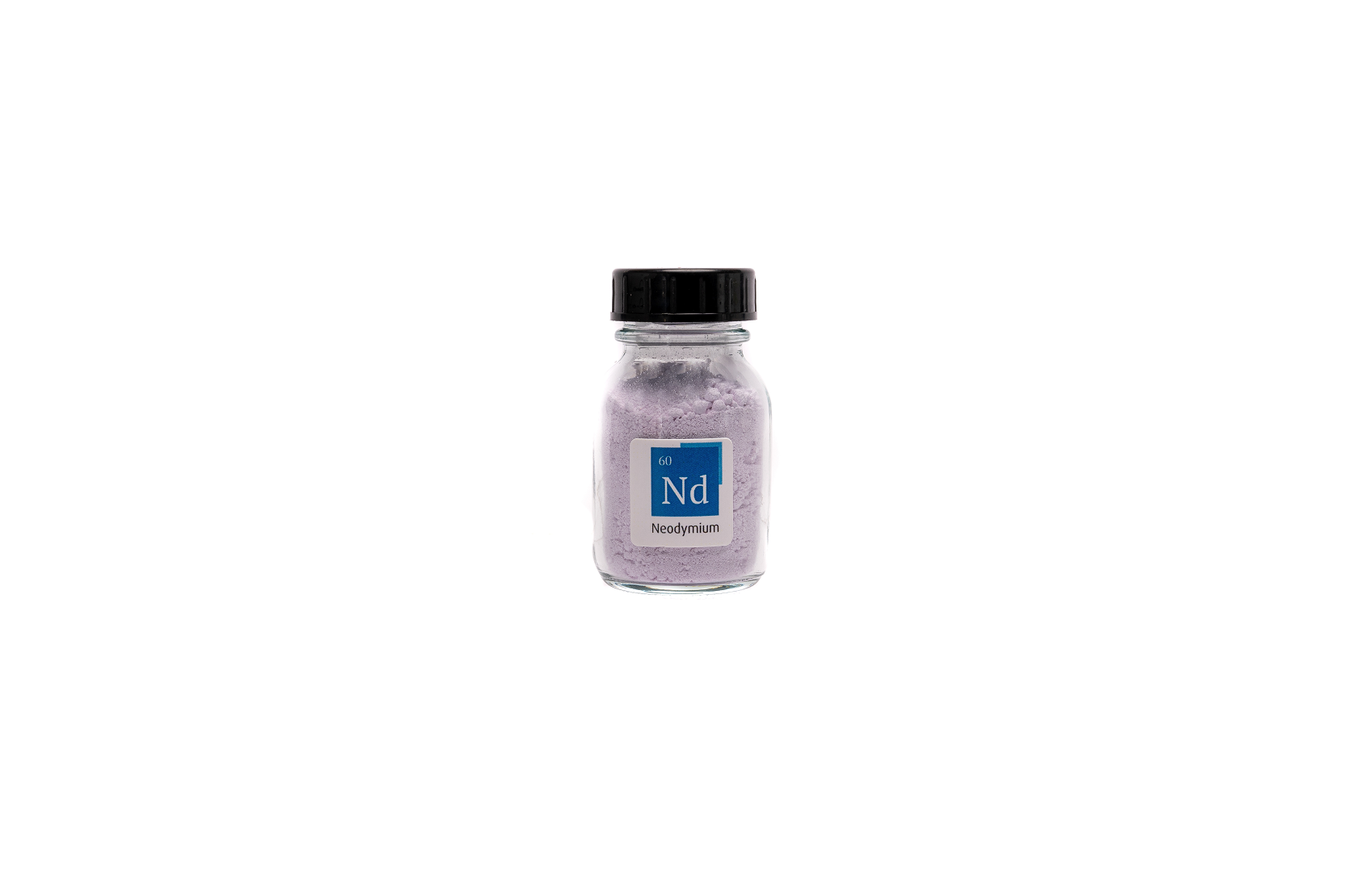
One of its primary uses of Neodymium lies in the production of powerful magnets. Neodymium magnets, also known as rare earth magnets, possess incredible strength and are employed in countless devices, from computer hard drives to electric motors. Additionally, neodymium plays a crucial role in laser technology, where it serves as a dopant in solid-state lasers, enabling precise and intense beams of light. Furthermore, neodymium is an essential component in the production of certain types of glass, particularly those used in high-quality camera lenses, as it helps enhance color reproduction and optical clarity. Thus, neodymium powder holds significant importance as a key ingredient in these and many other cutting-edge applications, powering innovation in technology, manufacturing, and scientific advancements.
Neodymium and it is produced through a variety of methods. One of the most common methods for producing neodymium powder is through the process of chemical reduction. In this process, neodymium oxide is reacted with a reducing agent, such as magnesium, to produce neodymium metal. The neodymium metal is then ground into a powder. Another method for producing neodymium powder is through the process of mechanical alloying. In this process, neodymium and other metals, such as iron and boron, are mixed together and then subjected to repeated cycles of high-pressure and high-temperature deformation. This process causes the metals to form a solid solution, which is then ground into a powder. The properties of neodymium powder can be tailored by controlling the size and shape of the particles. Smaller particles have a higher surface area, which can lead to improved performance in some applications. However, the downside is, smaller particles can also be more difficult to handle and process.
Neodymium powder is a versatile material, with extensive application across diverse industries. The magnetic properties are important because they determine the performance of the powder in applications such as magnets and motors. Therefore, its performance greatly relies on the quality of the powder, which necessitates meticulous control during the complex production process. To guarantee adherence to the desired specifications, neodymium powder undergoes rigorous evaluation through a range of tests. Numerous assessment methods are employed to gauge its quality, with some of the most prevalent tests encompassing:
The particle size distribution of neodymium powder affects its flowability and dispersibility. A narrow particle size distribution is desirable for applications where the powder needs to be evenly distributed, such as in magnets.
The chemical composition of neodymium powder must meet the required specifications to ensure that the powder is safe and effective.
The magnetic properties of neodymium powder determine its performance in applications such as magnets and motors.
and impurity analysis to name a few. The results of the lab tests can be used to ensure that neodymium powder meets the required specifications. If the powder does not meet the required specifications, it may not be suitable for the intended application. In some cases, it may be possible to improve the quality of the powder by reprocessing it. However, if the powder cannot be reprocessed to meet the required specifications, it will need to be discarded.
and impurity analysis to name a few. The results of the lab tests can be used to ensure that neodymium powder meets the required specifications. If the powder does not meet the required specifications, it may not be suitable for the intended application. In some cases, it may be possible to improve the quality of the powder by reprocessing it. However, if the powder cannot be reprocessed to meet the required specifications, it will need to be discarded.

